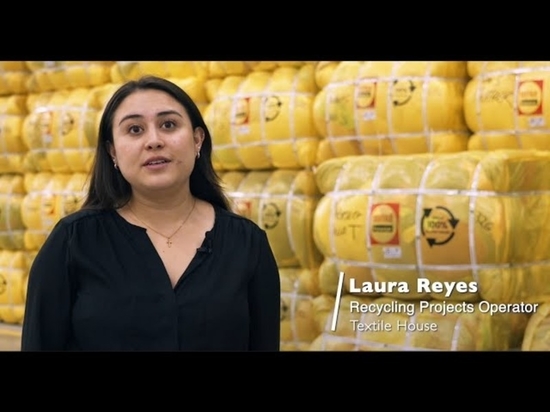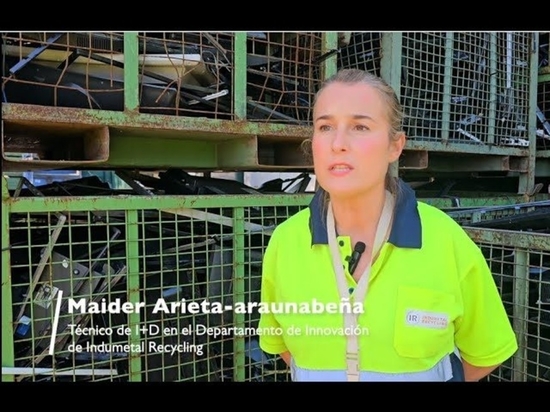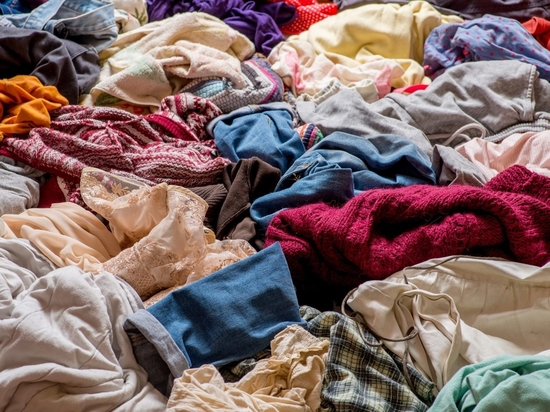
#Industry News
Cutting-edge innovations in glass recycling to ensure its endless recycling cycle
Cutting-edge innovations in glass recycling to ensure its endless recycling cycle
Cutting-edge innovations in glass recycling to ensure its endless recycling cycle
Glass is characterized by its ability to be recycled endlessly without losing its essential properties. Thanks to the unique properties of this timeless material, when properly recycled, it can be used for a wide range of applications. Due to the negative impact it can have on nature when discarded, its recycling is now a priority, as it is a super resistant material. In fact, although glass objects break easily, the small pieces that are created can last forever.
With regard to the recycling of glass containers, and according to estimates by Ecovidrio, the recycling rate in Spain will reach 70.1% in 2023. Our country has surpassed – and two years ahead of schedule – the ambitious targets set by Europe for 2025. 90% of the glass packaging waste recovered in Spain is collected through the green container and separated at source, which guarantees the high quality of recycling and achieves the most effective, efficient and environmentally sustainable model. Undoubtedly, promoting sustainable waste management practices and increasing glass recycling rates is good for the planet.
Yes, glass is a material that stands the test of time, but the good thing is that it is 100% recyclable. And there are many sectors that are intensifying the use of recycled glass: from the packaging industry, to the marine sector, to ceramic and porcelain manufacturers, the energy industry, the decoration sector, jewelry…
And while it is true that the selective collection, processing and subsequent use of waste glass requires a complex recycling infrastructure, there is no doubt about the enormous benefits of glass recycling: it saves energy, improves air and water quality, reduces the extraction of natural raw materials, prevents waste from going to landfills… Fortunately, there are technological innovations, such as those offered by PICVISA, that make it as easy as possible to reconvert glass for use in various applications. with recycled glass:
New containers with the same characteristics as the original ones.
Aesthetic tiles and mosaics used for the decoration and construction of real estate.
Worktops and counters that stand out for their great durability.
Road signs made of glass microspheres, which are an excellent reflective material.
Fiberglass used for insulation and in the automotive industry.
Glass foam or glass wool, essential for thermal and acoustic insulation products.
Water filters. Crushed recycled glass is excellent for filtering water. For example, in swimming pool water filters, recycled glass helps keep the water clean.
Granulated glass. Thrown under pressure, it is used to clean the exterior of boats.
By way of example, PICVISA has collaborated with Zamakona Yards Canarias, contributing its innovative technology to the creation of Ecogrit Glass, a plant for the recovery and reuse of glass for use in the naval and industrial sectors. This new plant uses glass waste generated in the Canary Islands to produce abrasives free of heavy metals and toxic elements, chemically inert and non-reactive, which are used in the cleaning or blasting of ships at the Zamakona Yards shipyard. Another application is the manufacture of ecological flooring, carried out by the company Byond, and finally, part of the material will be returned to Vidrieras Canarias for the manufacture of new packaging.
Flat glass. Widely used in construction and in industries such as automotive and architecture, its properties allow the manufacture of different types of glass: painted, tempered, laminated or armored. Its transparency and resistance to temperature changes make it ideal for outdoor use.
However, despite its recyclability, architectural glass is almost never recycled at the end of its useful life. According to Glass Europe, the European trade association for the flat glass sector, this type of glass is usually crushed with other building materials and sent to landfill.
By implementing efficient construction waste recovery solutions, a much larger volume of flat glass used in buildings could be recycled than is currently the case. Fortunately, the flat glass industry is ready to support the development of building glass collection, sorting and recycling. And it is ready to use more recycled glass in its manufacturing process, saving raw materials, energy and CO2 emissions.
It should not be forgotten that flat glass is used not only in the manufacture of windows, automotive glass or doors, but also in the manufacture of household appliances. Glass-ceramic is widely used in kitchens, and because it is designed to withstand high temperatures, it is also used in the manufacture of stoves and fireplaces.
Flat glass is also used in solar panels, which could reach 78 million tons worldwide by 2050, according to the International Renewable Energy Agency (IRENA). It seems clear that the need for their reuse and recycling at the end of their useful life will increase. Composed mainly of silicon, glass, aluminum and semiconductor materials that can be reused and recovered through recycling, their manufacturers have been required to recycle them since 2012, when the European Union established that they must collect and recycle solar panels at the end of their useful life.
ECOGLASS, a state-of-the-art optical sorter
When it comes to recycling waste glass, there is a technology that greatly facilitates the process: the ECOGLASS optical sorter manufactured by PICVISA. Its innovative technology makes it possible to process waste glass efficiently. In addition to separating glass by color, ECOGLASS can also separate other contaminating materials from glass, such as porcelain or clay, which people also tend to throw into the glass container.
In short, with cutting-edge tools such as ECOGLASS, PICVISA is encouraging an increase in the demand for recycled glass, which contributes to increasing recycling rates. All in all, the cooperation of the citizens is essential for the success of glass recycling, separating glass waste and placing it in the appropriate containers.





